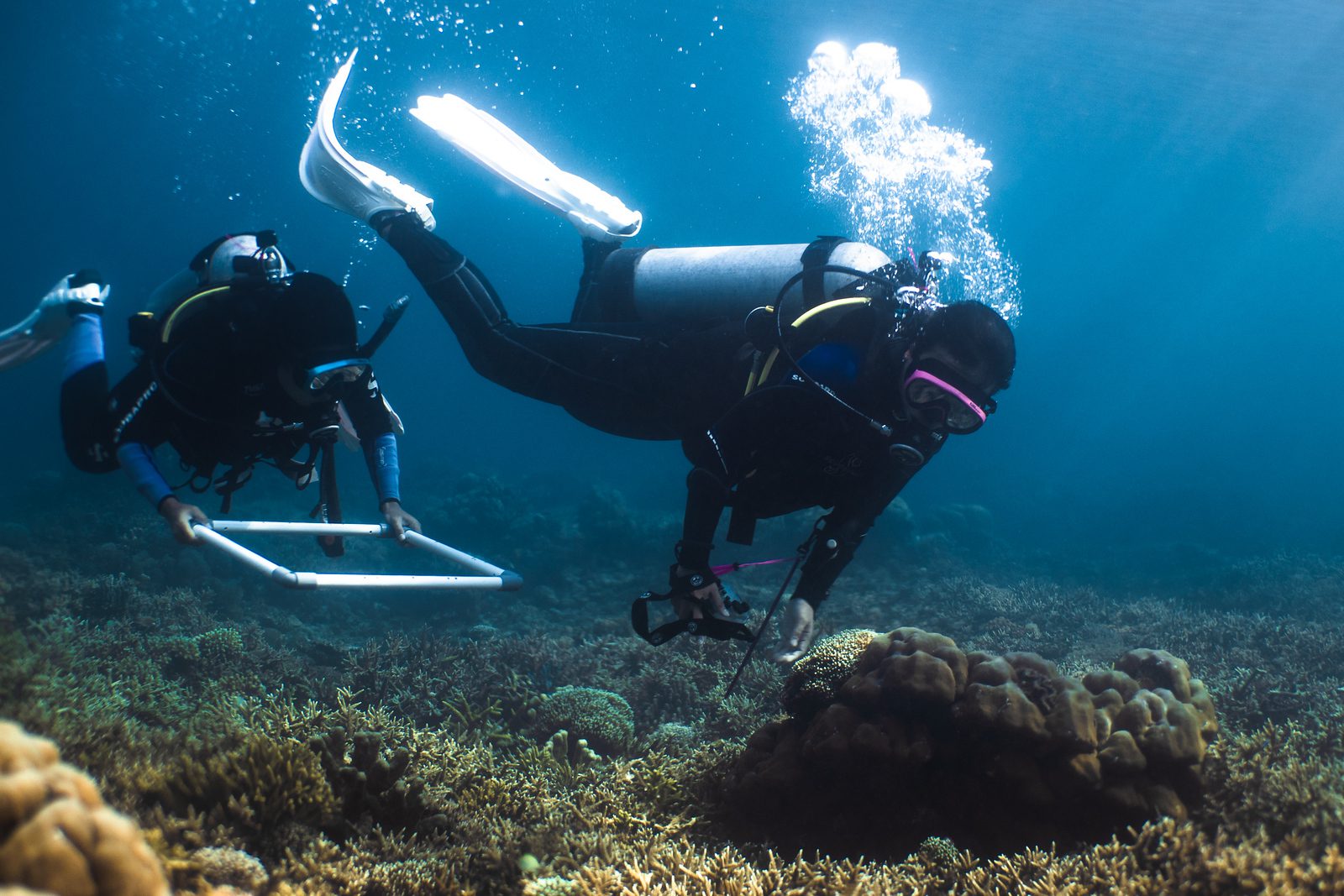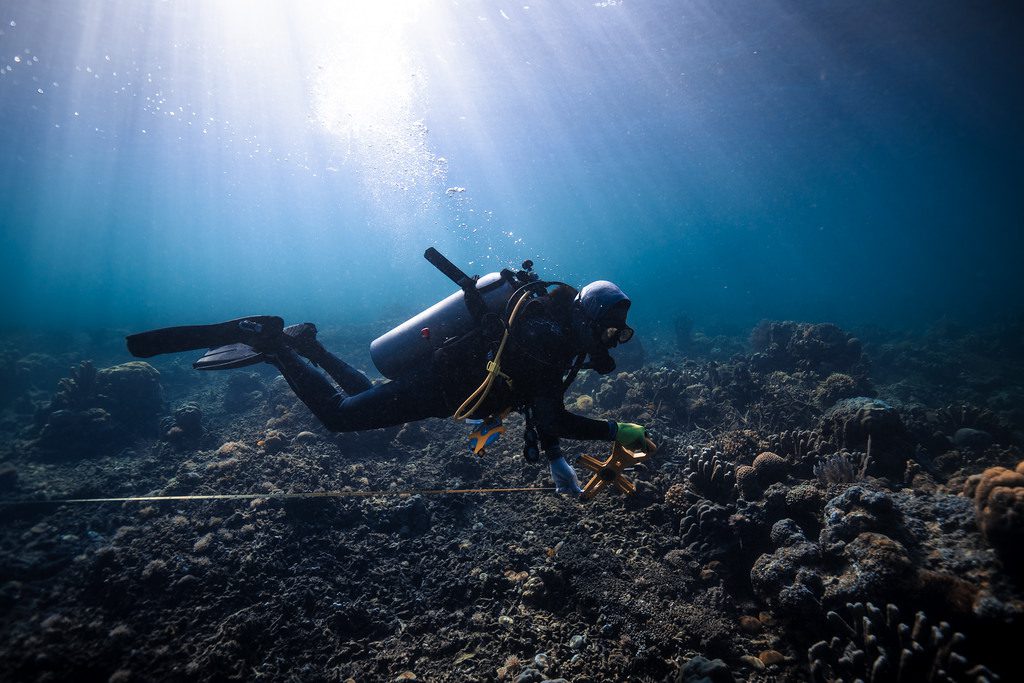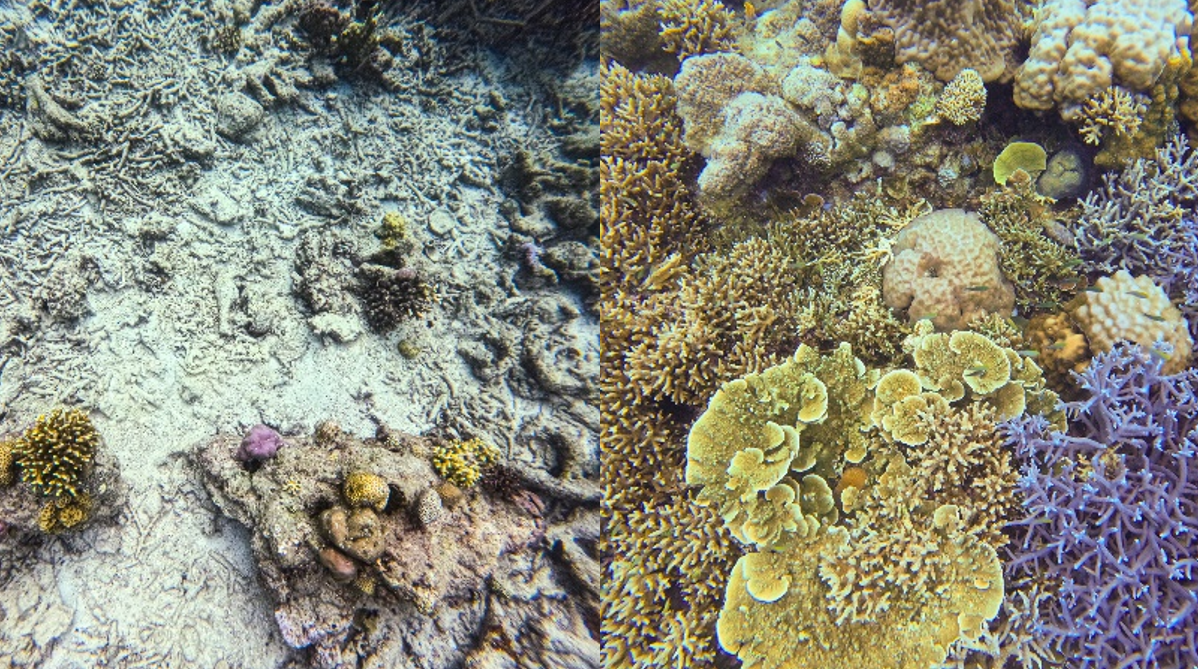
Mars Data Scientists turn their skills to Coral Reef Restoration.
Thousands of coral reef images, 35 teams, 81 data scientists working towards supporting vital coral reef restoration!
Article written by MSS Science Officer, Ben Williams
At Mars Sustainable Solutions, we are proud to operate the world’s largest coral reef restoration program which includes the iconic HOPE Reef. Here, we have been able to attract an international team of collaborating research scientists who recently completed their second field expedition at our flagship site in Indonesia.
One challenge marine biologists grapple with is maximizing the data they can collect and analyze from reef habitats. Traditional approaches include managing quadrats, transect tapes and clipboards, while diving and snorkeling the reefs. You can imagine how this approach only allows for small-scale sampling. Fortunately, image data can easily be collected from vast areas much more rapidly. The missing link was automating the analysis of the imagery to draw insights.
In a successful collaboration, data scientists at Mars Petcare, MGS and Mars Wrigley took on this challenge in a one-month Powered by Data hackathon. Here, the marine biologists provided thousands of images systematically collected from healthy, degraded, and restored sites in the HOPE Reef area. Eighty-one data scientists across 35 teams competed to produce the best performing model able to classify the health of reefs in brand new images.

Coral Reef Restoration Monitoring in action!
A wide variety of highly accurate models were produced, with the most competitive leveraging cutting-edge approaches in machine learning. Matt Stankowski, Senior Data Scientist at Mars Petcare, who co-organized the event said:
“We saw a wide variety of entries and some brilliant innovation amongst our teams. The best performing submissions combined powerful pre-trained image detection models with state-of-the-art machine learning techniques such as attention and image augmentation”
Matt and the team were delighted to award the number one position to a team who used a convolutional neural network with an innovative ‘attention’ mechanism – the secret behind many recent AI advances such as ChatGPT.
The Mars Associates and external scientists who collaborated on this project are already working to deliver the next step. Through adapting approaches used by the most competitive entries, they have been able to use this to assess the progress of restoration. This included a vast dataset of images taken from six different reefs, each 50x20m in size, that were restored three or more years ago. Here, the model scored these sites as resoundingly healthy overall, with 81 percent of images classified as healthy on average.

Teams used images from healthy (right) and degraded (left) reefs. One challenge they faced was that even healthy reefs contain damaged areas, and degraded sites still exhibit some coral growth.
The team now aims to dive deeper into the data, applying the same approach to images from other restoration sites. Eventually, the team aims to take this global, monitoring Mars restoration sites established in several countries. Ben Williams, the lead external collaborator on this, said:
“This approach has the potential to be a game changer. It can be very challenging for most restoration projects to find the time and expertise needed to collect adequate monitoring data. Through easily gathered image data and automated analysis, we can start tracking restoration outcomes which much greater ease”
Those of us working at Mars Sustainable Solutions would like to extend a huge thank you to all those who helped organize and compete in the hackathon

